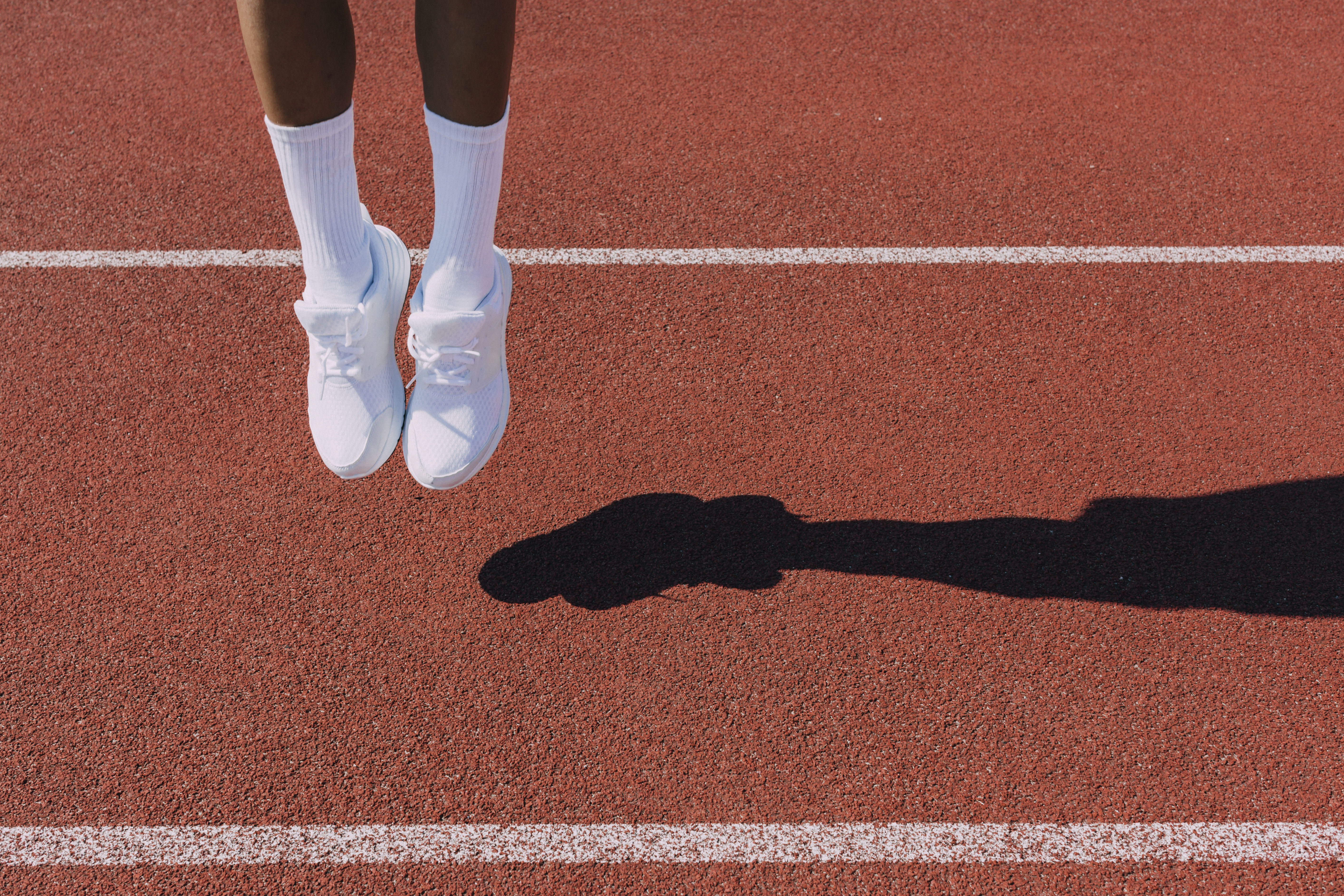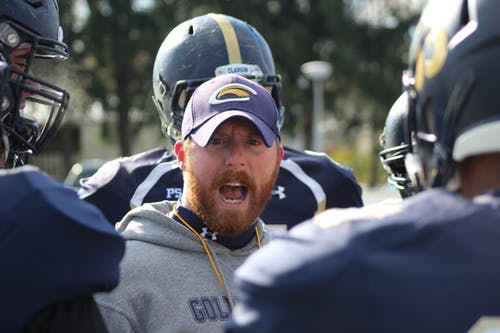Power, the ability to exert force quickly, is something that all athletes are interested in. It is something that underpins almost every athletic skill as they are performed in sports. This includes everything from running, to changing directions, to jumping, to throwing an object, to kicking an object, to hitting an object, etc. All of these require force exerted quickly. This article is going to go over those qualities that are necessary for power development, cautions associated with power training, and how to train for it.
Qualities for power development:
Power requires two abilities, strength and speed. Strength is the ability to exert force, it’s often thought of as a single, all-out effort (i.e. a 1-RM). For many athletes, increasing strength is enough to increase an athlete’s power and is the easiest ability for a beginning athlete to improve.
For many athletes, increasing strength will increase power. This changes as athletes become more advanced and get closer to the genetic ceiling of their strength. At this point, the focus has to be on learning to use their strength.
The importance of strength should make sense. Strength is necessary to overcome gravity and get off the ground in a jump. It’s necessary to overcome inertia and accelerate an object, whether it’s t he body during running or a baseball during a pitch.
As the athlete progresses through his or her development, a complete reliance on slow strength can result in an athlete that is better at slow speeds, but not at the fast ones that are required for sports. This means that time has to be spent learning to use that strength. This means speed training, plyometrics, the Olympic lifts, throws, etc.
One other very important thing to keep in mind: Power is a skill. I understand that the textbooks define it as a physical ability, or a component of fitness, but it’s also something that we have to practice repeatedly to become better at. This means that we cannot just take four weeks out of the year to train for it, it’s something that our athletes have to practice year round to get better at. With that in mind, the next post will describe cautions for power training.



